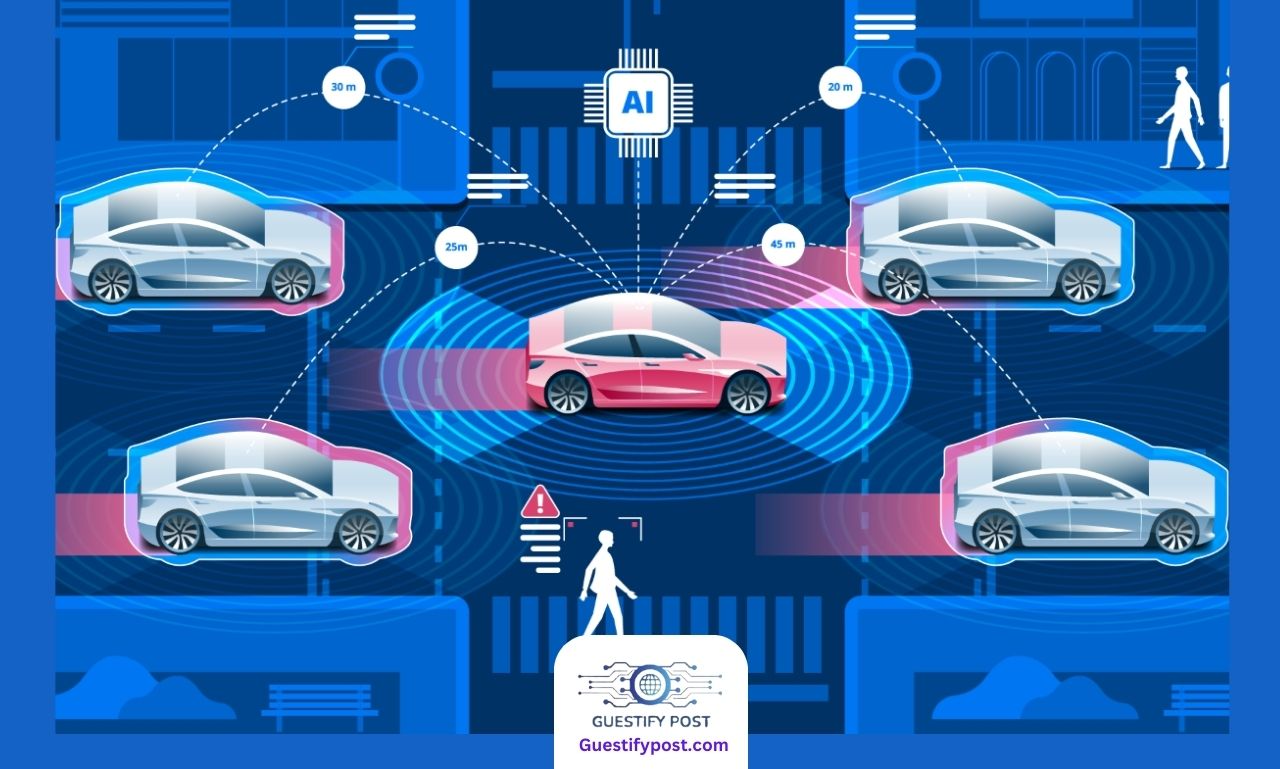Autonomous Driving and its Outstanding Advancement of AI
One of the main components that affect the most recent technological advances in the field of autonomous vehicles is artificial intelligence (AI). Although the idea of autonomous vehicles driving on our roads may appear to be unreal. Artificial intelligence is playing a big part in leading this vision closer to reality.
The goal of autonomous vehicles is getting closer to reality, as seen by recent advancements in the field. Pending legal and administrative approvals, the prospect of encountering driverless vehicles on roads worldwide is imminent.
Delivery Vehicles
Witness the transformation of package deliveries as leading entities like Nvidia, Deutsche Post DHL Group, and ZF collaborate to deploy driverless electric light trucks.
These vehicles, powered by the ZF ProAI self-driving system and Nvidia DRIVE PX supercomputer, are trained. They navigate traffic conditions, identify parking spots, and analyze pedestrian behavior. The potential benefits include enhanced accuracy, absence of driver fatigue, and substantial cost savings for logistics companies.
Full Autonomy
Just Imagine a world where driverless taxis are in the middle of the road, and passengers feel free to do anything. They want when the car drives itself. The DRIVE PX AI platform from Nvidia overcame its forerunner in terms of speed, handling above 320 trillion operations per second.
Future Tesla models may do away with garden variety controls like pedals and steering wheels. Potentially lowering accident rates and offering more easy-to-understand modes of transportation. Present Tesla cars are outfitted with technology enabling autonomous driving.
Parking in Autonomous Driving
Automated parallel parking has evolved, addressing major issues in urban settings such as emissions, time wastage, and stress. Bosch’s smart AI-based system provides real-time data on available parking spots.
Allowing cars to autonomously park without incidents. This innovative approach utilizes cloud servers to share parking space information among vehicles, contributing to a more efficient parking experience.
Cars with Common Sense
While AI has made significant strides in autonomous driving, human-like common sense has been a missing element. iSee, an MIT spinoff, is actively working on incorporating common sense into driverless cars using AI and deep learning. The goal is to enable vehicles to adapt to complex traffic conditions by learning from data. It includes variables like human drivers’ attitudes, pedestrian behavior, and unpredictable weather.
Cars with Peripheral Vision in Autonomous Driving
A groundbreaking AI technology developed by MIT researchers, known as CornerCameras, addresses the critical factor of blind spots in safe driving.
This initiative allows driverless cars to assess the distance and speed of pedestrians, objects, or vehicles around blind corners. Using light reflections, the system enhances the driving experience by guiding the self-driving car based on the analyzed data.
Conclusion
The future of completely driverless vehicles is drawing nearer thanks to these fascinating advancements. However, the implementation of autonomous driving on a large scale depends on two critical elements. One is to give autonomous vehicles common sense and overcome upcoming regulatory and insurance obstacles.
The path to autonomous driving encompasses not just technology advancements but also social, legal, and safety factors.







